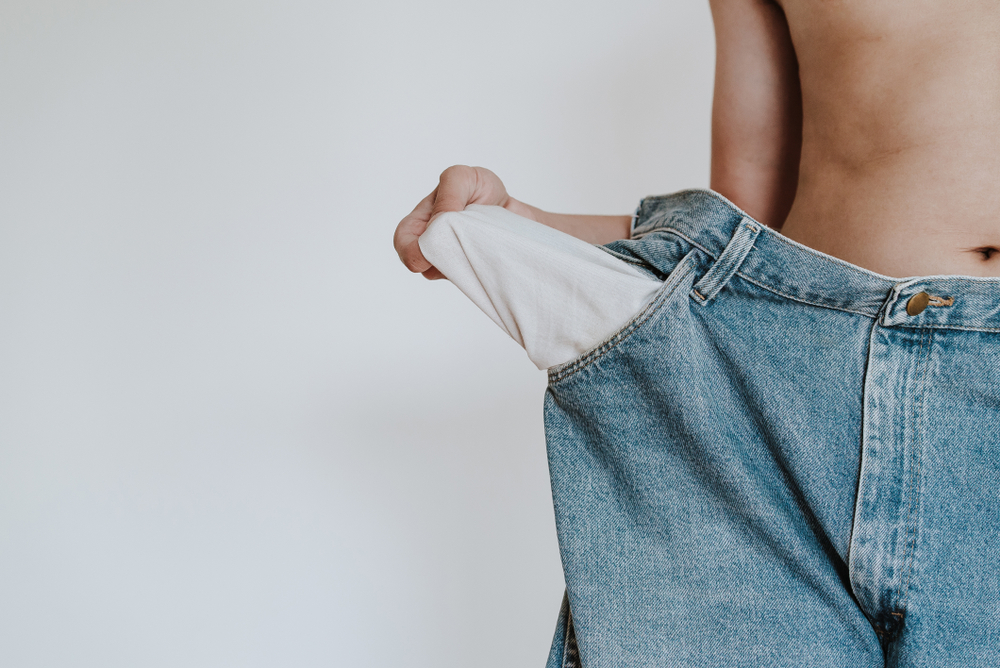In today’s society ‘what is your size’ is almost an impossible question to answer as we vary from brand to brand, Modern fashion has a fit problem.

In 2019 this image went viral
While clothes shopping we already ask ourselves several questions, is this fashionable, can I afford this, do I need this, is this garment too flamboyant (the answer is always no) but the one question we shouldn’t be pondering over is ‘what is my size’. This should be certain in every store, yet it isn’t and here lies the problem.
In 2019 an image of seven pairs of jeans circulated the internet highlighting the huge lack of consistency in clothing sizes. This created enormous frustration in consumers and a cry for brands to be more reliable.
For most of history clothing sizes were not standardised this is because garments were often handmade at home or tailor made. Post-world war 1 manufactures started looking at mass producing clothing and issues started to arise.
Over time brands have shifted their metrics to make shoppers feel skinnier—so much so that a women’s size 12 in 1958 is now a size 6. This is often referred to as vanity sizing, or size inflation. It is essentially ready to wear garments of the same nominal size becoming bigger in physical size over time meaning we are left in a position where sizing greatly differs between stores.
Sizing isn’t just affecting the high street sector, many celebrities are calling out designers for ignoring millions of women with curvier figures, why is sizing still such a universal problem in today’s society when we champion real women on the catwalk and a variety of different shapes, sizes and ethnicities in our advertising.
 If you can give your customers a product that makes them feel good about themselves, they will like the brand more and you will create a consumer brand loyalty where they will return. Brands also need to ensure that all their products are the same measurements throughout so a consumer knows that when they shop with you they are a size 12 across the board, not a 10 in mom jeans and a 12 in straight leg. This not only confuses the consumer but also allows them the opportunity to doubt their size and deflate their self-esteem with a potential to affect a person’s body image and mental wellbeing.
If you can give your customers a product that makes them feel good about themselves, they will like the brand more and you will create a consumer brand loyalty where they will return. Brands also need to ensure that all their products are the same measurements throughout so a consumer knows that when they shop with you they are a size 12 across the board, not a 10 in mom jeans and a 12 in straight leg. This not only confuses the consumer but also allows them the opportunity to doubt their size and deflate their self-esteem with a potential to affect a person’s body image and mental wellbeing.
As well as the negativity around unstandardized sizing there is no doubt that this increases return rates when products don’t fit as expected therefore creating an unnecessary sustainability issue.
So how can brands turn this around? We are slowly starting to see brands introduce AI (artificial intelligence) to match shoppers with the right size item based on their measurements, age and required fit. This enables machine learning algorithms to find common attributes between garments therefore doing the hard work for you.
This process allows brands and consumers to move away from the generic sizing chart and go by the brands technological recommendations as to what is best suited for the customer.
So how will we move forward? will we rely on technology to decide our sizing fate or will nostalgia revert us back to making our own clothes or having products made to fit us perfectly. Let’s wait and see.
Looking for an extra fashion fix?
You can download The Fashademix podcast now! Join Sophie and Laura debate vanity sizing and the latest fashion news via the APP STORE or SPOTIFY

Laura & Sophie hosting The Fashademix podcast





